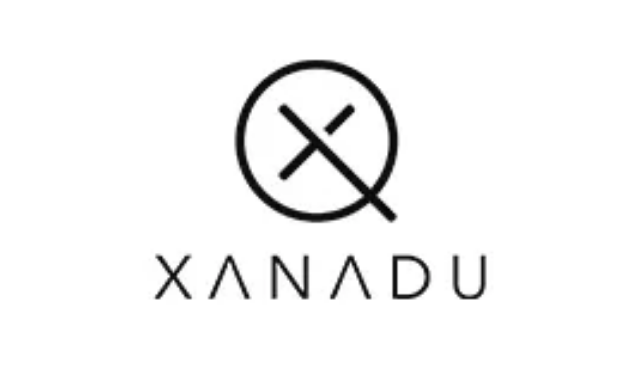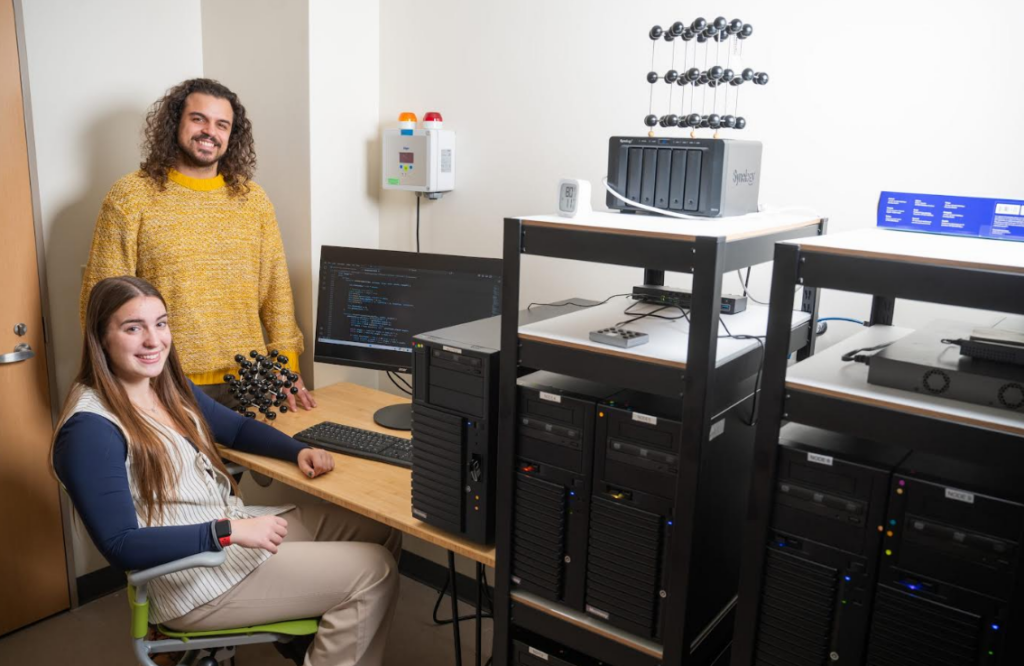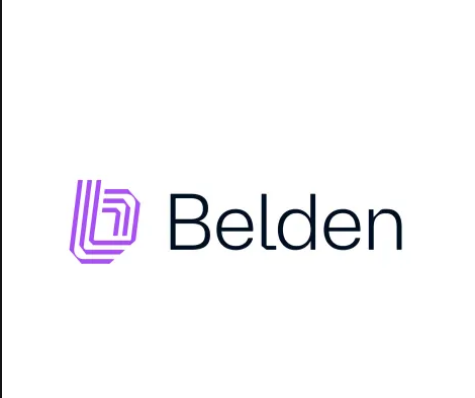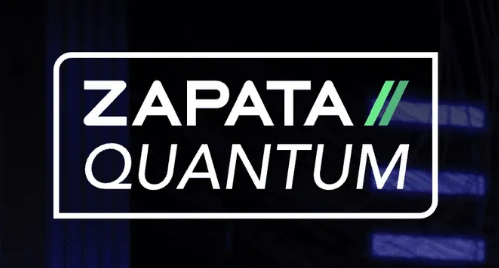Insider Brief
- Quantum computing is moving from research into commercial use, with experts emphasizing it will complement rather than replace classical high-performance computing.
- Panelists from Fujitsu, Oxford Instruments, Quantinuum, and D-Wave highlighted early applications including error-corrected qubits, cryogenic infrastructure, verifiable randomness for cybersecurity, and annealing for optimization.
- The discussion stressed that adoption depends on hybrid integration, accessibility, and education, with the International Year of Quantum Science and Technology aiming to raise awareness and reduce skepticism.
Quantum computing is moving out of the laboratory and into commercial use, but experts also added that this new technology will complement, rather than replace the current classical computer environment.
That was the message from a webinar, Exploring Real-World Use Cases in Quantum Technology, hosted by The Quantum Insider on Sept. 3, where panelists from Fujitsu, Oxford Instruments, Quantinuum and D-Wave described how the industry is shifting from research to real-world applications. The TQI webinar brought in more than 1,000 participants from more than 70 countries around the world to learn about the latest advances in quantum commercialization and discuss the implications. The audience comprised nearly 160 senior corporate leaders, about 150 leaders in academia and research and a wide array of technical professionals and members of the general public.
The discussion, moderated by Brian Lenahan of the Quantum Strategy Institute, underscored a central point: quantum systems will work alongside — not instead of — existing high-performance computers.

Fujitsu’s Roadmap to Error-Free Systems
Fujitsu’s Franco Severini, Chief Technology Officer for Financial Services, said the company is aiming to deliver practical systems as quickly as possible. Current efforts focus on three areas: quantum simulation, optimization methods inspired by quantum mechanics and integration with classical high-performance computing.
“We need to go past the number of qubits and we need to go to something that is more tangible,” said Severini. “We need to go to logical, error-free qubits.”
Fujitsu already operates a 256-qubit superconducting quantum computer. The company plans to scale to 1,000 qubits by 2026 and reach 10,000 by 2030. At that level, it expects to deliver at least 250 logical qubits — error-free qubits created through error correction techniques. Logical qubits are the basic units that can support useful, reliable calculations.
Severini told the audience that the company is also exploring multiple technologies. Superconducting systems are well suited for general gate-based operations such as quantum amplitude estimation. Diamond spin-based systems could prove better for tasks in chemistry and materials science. He added that no single design is likely to dominate all applications.
Oxford Instruments and the Cryogenic Challenge
Oxford Instruments, represented by John Burgoyne, Head of Product and Marketing, has long supplied cryogenic platforms — systems that cool quantum processors close to absolute zero so they can operate. Burgoyne said the challenge is making cryogenics invisible to the end user.
He compared the desired experience to that of an MRI machine. Patients rely on the device without needing to understand the complex physics that make it work. Quantum computing, he argued, should follow the same model.
Oxford’s technology supports superconducting, spin-based, and topological qubits. These systems are already being used in pilot projects. Rigetti, in partnership with Standard Chartered Bank, has tested applications in finance. In pharmaceuticals, the Q-Pharma program has explored ways to use quantum machines in drug development.
Burgoyne stressed that the industry must match different quantum technologies to specific commercial needs. Just as not every business problem requires a supercomputer, not every problem will require the same quantum approach.
“What was particularly interesting for me was what Franco was saying about matching the different modalities to different applications, because that’s something we’ve been saying for a long time,” Burgoyne said.
Quantinuum and Verifiable Randomness
Ilyas Khan, Founder and Chief Product Officer, Quantinuum, suggested that once quantum technologies reach maturity, their relevance will be self-evident rather than debated.
“Trust me, when that day comes, we will not be asking each other what are the use cases,” said Khan. “The world will know.”
One of the company’s first commercial products, Quantum Origin, generates randomness that can be mathematically verified. Random numbers are essential for cybersecurity, but traditional methods often rely on algorithms that can, in principle, be predicted. Quantum processes produce states that cannot be faked. Using tests such as the Bell or Mermin protocols, the randomness can be confirmed as authentically quantum.
The product has been validated by standards agencies including NIST and is now used as a seed in conventional cybersecurity systems. By combining quantum output with classical cryptography, the system offers higher assurance against hacking.
Khan also pointed to accessibility as a growth driver. Quantinuum’s open-source software kit, called Ticket, has attracted tens of millions of users. Removing barriers, he argued, is key to building a community of developers who can experiment with quantum methods without needing specialized training.
“We believe that this is a technology that is a technology in and of itself, and it’s a technology that will change the way that we do things,” said Khan.
D-Wave and Quantum Annealing in Action
While some companies aim at long-term fault-tolerant systems, D-Wave focuses on near-term utility. D-Wave’s VP of Quantum Technology Evangelism Murray Thom described how the company’s quantum annealing and hybrid solvers are already being applied to optimization problems.
Unlike gate-based quantum computers, which manipulate qubits directly to run algorithms, annealers are designed to find low-energy solutions in complex systems. This makes them particularly effective for scheduling, routing, and other logistical tasks.
Several examples were presented:
- Pattison Food Group is using D-Wave tools for delivery routes and in-store staffing, anticipating annual savings of 50,000 labor hours.
- NTT DOCOMO, Japan’s largest mobile carrier, has applied the technology to manage paging signals between towers, cutting peak signal traffic by 15% across 250,000 stations.
- Ford Otosan, a Turkish automotive manufacturer, reduced vehicle production scheduling from half an hour to less than five minutes, managing up to 1,000 vehicles at a time.
Thom argued that users do not need to be quantum experts to benefit. The company’s hybrid solvers integrate quantum and classical techniques, allowing businesses to work with familiar tools while accessing quantum capabilities where they add value.
The International Year of Quantum Science and Technology
Beyond specific technologies, the panelists addressed broader issues of perception and adoption. The United Nations has designated this year as the International Year of Quantum Science and Technology, with the goal of raising awareness and reducing skepticism.
Thom suggested that basic education and awareness of quantum tremains a hurdle — many still lack a clear understanding of what a quantum computer is
“I think the year of quantum is really important because it gets to the educational side of this,” said Thom. “We’re getting to the point now where, yes, there’s a lot of companies, a lot of people in this field, but there’s a lot of the world who still don’t know what a quantum computer is.”
Severini said recognition helps shift the narrative from experimental machines to future problem-solving tools.
According to Khan, the event is an opportunity to expand quantum’s baseline knowledge, adding that accompanying hackathons and community-driven initiatives are ways to engage more people in applying quantum solutions. .
A Hybrid Future
Throughout the session, the panelists returned to a common point: quantum technology will not replace classical computing. Instead, it will work in tandem. High-performance computers will remain essential for most tasks, with quantum systems applied to specialized problems where they provide a measurable advantage.
This hybrid model shapes nearly every major company’s strategy. Fujitsu embeds quantum within its high-performance systems. Oxford builds hardware platforms that can support multiple qubit designs. Quantinuum delivers stand-alone products that strengthen existing cybersecurity. D-Wave provides annealing systems that solve optimization problems alongside traditional processors.
Emerging Commercialization
The discussion showed that commercialization is already under way. Quantum-inspired optimization is helping companies make logistical decisions today. Randomness from quantum machines is improving cybersecurity. Cryogenic infrastructure is being tested in finance and drug development. Pilot programs with telecom and automotive firms are producing measurable efficiency gains.
But challenges remain. Scaling machines to thousands of error-free qubits is still years away. Hardware diversity complicates standardization. Many end users remain unsure about where quantum fits into their operations. And despite progress, the field still faces skepticism from investors and the public.
The panel closed with a call for balance. Quantum has deep scientific roots and genuine potential, but its commercial story is only beginning. Firms that approach it as a complement to—not a replacement for—existing technologies are most likely to see near-term benefits.
If the industry succeeds in making quantum tools accessible, transparent, and reliable, the coming decade could see the technology woven into sectors ranging from finance to telecommunications.


















